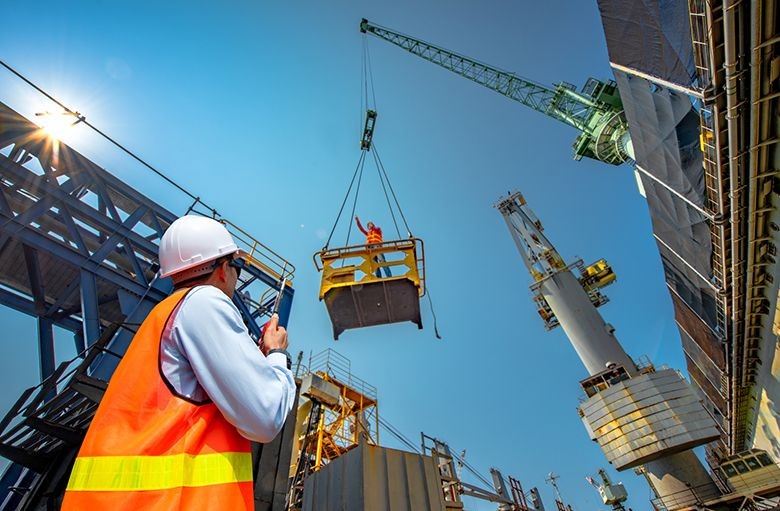Rigging involves a complex blend of science, engineering, and art in construction, theatre, or marine applications. It requires meticulous attention to detail, an understanding of physics, and robust adherence to safety protocols. In this article, we’ll explore the key components that make rigging solutions successful, focusing on the often-overlooked aspect of structural rigging and offering insights into the industry’s best practices.
Understanding Rigging Basics
Before we delve deeper, it’s crucial to establish a foundational understanding of rigging. Rigging refers to ropes, cables, chains, and hardware to safely lift, lower, and move heavy objects. The primary objective of rigging is to distribute the weight of the load evenly and control its movement with precision.
The Role of Rigging in Safety
Safety is the paramount concern in any rigging operation. The risks associated with moving heavy loads are significant to the people involved and the structural integrity of the buildings or vehicles involved. Proper rigging ensures that loads are securely fastened and managed, preventing accidents and structural failures.
Critical Components of Successful Rigging
Successful rigging solutions hinge on several critical components:
Quality Equipment
The quality of the equipment used in rigging must be balanced. This includes everything from the ropes and chains to the hoists and cranes. High-quality materials ensure durability and reliability, essential for safety and efficiency.
Skilled Personnel
The expertise of the personnel performing the rigging is just as necessary as the quality of the equipment. Skilled riggers understand the complexities of load dynamics and can anticipate potential problems before they occur. They are trained in the best practices of securing loads and ensuring a balanced weight distribution.
Detailed Planning
Every rigging job should start with a detailed plan. This includes analysing the weight and dimensions of the load, determining the appropriate equipment, and mapping out the movement route. Planning also involves preparing for potential environmental challenges or changes that could affect the rigging process.
The Importance of Structural Rigging
Structural rigging refers to the methods and techniques used to ensure the physical integrity of the structure involved in the rigging process. This aspect of rigging is crucial because it directly impacts the safety and success of the operation. Here’s how structural rigging plays a pivotal role:
Load Analysis
Understanding the load involves more than just knowing its weight. It includes assessing the load’s distribution, the centre of gravity, and the points where rigging attachments will be made. This analysis is crucial for determining the right equipment and techniques to use.
Structural Support
The structures that support rigging operations, such as beams, girders, or staging platforms, must be capable of handling the loads imposed on them. Structural rigging involves calculating the stresses and strains on these supports to prevent overloading and potential collapse.
Environmental Considerations
External factors such as wind, temperature, and seismic activity can affect rigging operations. Structural rigging must consider these, ensuring the setup can withstand environmental stresses.
Best Practices in Rigging
To achieve success in rigging, adhering to established best practices is essential. These include:
Regular Inspection and Maintenance
Rigging equipment should undergo regular inspections to ensure it remains in good working condition. This includes checking for wear and tear, corrosion, and other potential failures. Regular maintenance extends the life of the equipment and ensures it can perform safely when needed.
Adherence to Safety Standards
Following industry safety standards is non-negotiable in rigging. These standards protect workers and ensure that rigging operations are carried out safely and effectively. Rigging teams must know and integrate these standards into their daily operations.
Continuous Training
The field of rigging is constantly evolving with new techniques and technologies. Continuous training ensures that rigging professionals stay current with these developments and reinforces safety protocols and best practices.
Conclusion
Rigging is a critical aspect of many industries, requiring a deep understanding of mechanics, physics, and safety. Businesses can implement successful rigging solutions by focusing on equipment quality, personnel expertise, and meticulous planning. Structural rigging, though a specific part of the process, is vital in ensuring these operations are efficient and secure. Embracing these insights and best practices will lead to safer, more successful rigging outcomes, supporting the overarching goals of any project involving the movement and management of heavy loads.
